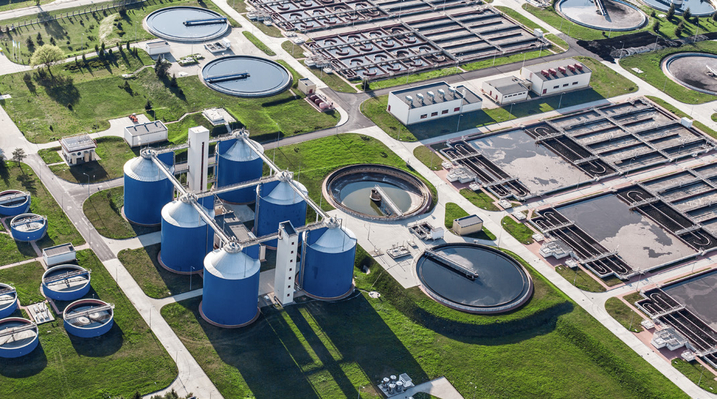Water management is the movement of water resources and controlling them for reducing the damage to property and life. Another purpose of water management is to maximize efficient beneficial use. In the textile industry, water management is the procedure of planning, developing, and distributing as well as management of proper water resource usage. Waste water treatment is the sub-set of water cycle management.
In the textile industry, water is used in addition to many chemicals and hard particles. This brings many impurities into the water which are then sent to the water resources after being used. The main chemicals that are added to water are carbonate, sulfate, chloride, bicarbonate, potassium, calcium, and iron. These impurities are mixed in water which pollutes this natural and tremendously evitable source.
Impurities in Water
There are several types of impurities in water. These are briefly described below
1. Physical Impurities – The physical contaminants added to water affect the physical properties of water. The main examples of physical contaminants in water are organic material, and sediments and these affect the taste, color, odor, and conductivity of water.
2. Chemical Impurities – Chemical impurities get into the water when different chemicals and gases are mixed in water. For example, CO2, O2, NH3, pH, minerals, and other ions.
3. Biological Impurities – Bacteria, viruses, dissolved solids, industrial wastes, and chlorine are the main biological impurities in water. The detrimental effect they have on the water is tremendous. Reverse osmosis water treatment is the most effective solution for removing contaminants from water.
Water Hardness and Its Types
As a lot of materials are dissolved in water, water hardness is particularly the amount of dissolved magnesium and calcium in the water. Even in the textile industry, hard water can’t be used. So, it has to be softened before using it in clothing making.
Types of hard water
1. Permanent hardness – When nitrate and sulfate salts of magnesium and calcium are present in water, then it is called permanent hardness. Boiling is not sufficient for removing this kind of hardness.
2. Temporary hardness – When water contains carbonate or bicarbonate salts of magnesium and calcium in the water, then it is termed temporary hard water. The name- temporary hardness; shows that this hardness goes by just boiling the water.
Water Softening
The process of removing hardness – causing ions from water is called water softening. Mostly, iron ions, calcium, and magnesium ions can be removed with the process. Ion-exchange is one of the most conventional water softening techniques where hardness ions change their places with chloride and sodium bounded with an ion-exchange zeolite and resin. There are many more water chemicals that can be treated with the process of water softening. Types of water softeners are mentioned below-
1. Non-Ionic Softeners – Non-ionic softeners include ethoxylated products, paraffin, polyglycol, and fats. These are less efficient as compared to cationic, and anionic softening agents. But non-ionic softeners stay stable in presence of anions, and cations and withstand the effects of a basic or acidic environment and hard water.
2. Anionic Softeners – Anionic softeners are generated by the condensation of fatty acids. Anionic softeners have good characteristics similar to that of lubricating softening agents. These softeners are not able to stand in water and acidic environments.
3. Cationic Softeners – Cationic softeners are amino-esters, ammonium salts, and amino amides. These softeners are suggested for all forms of fibers. The exhaustion process is used to apply these softeners in an acid environment where the pH value is between 4 to 5.
